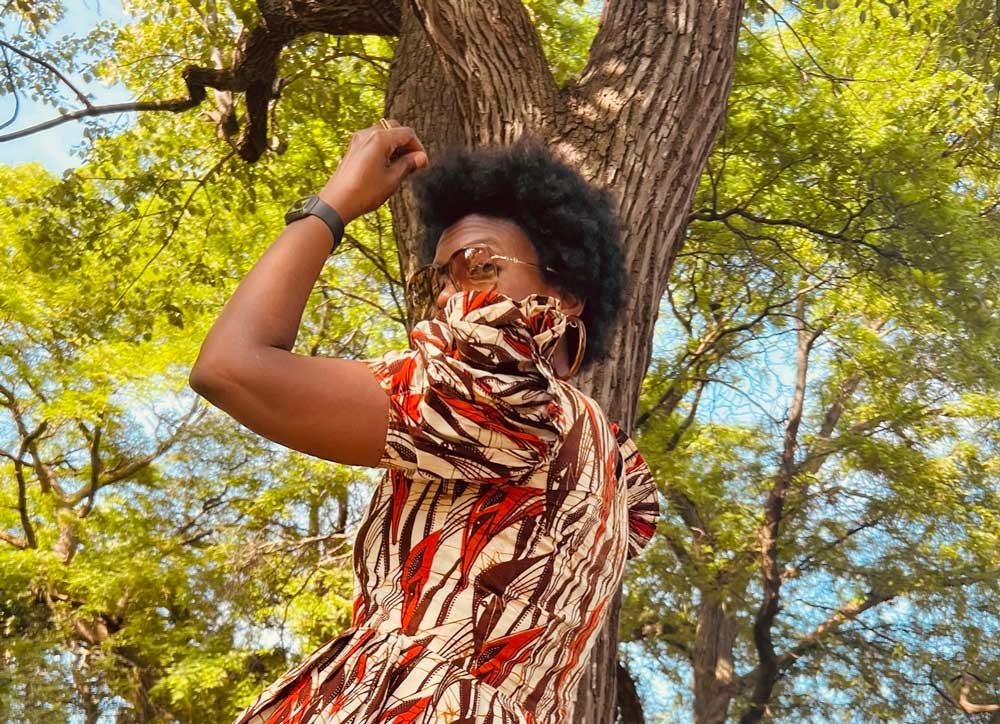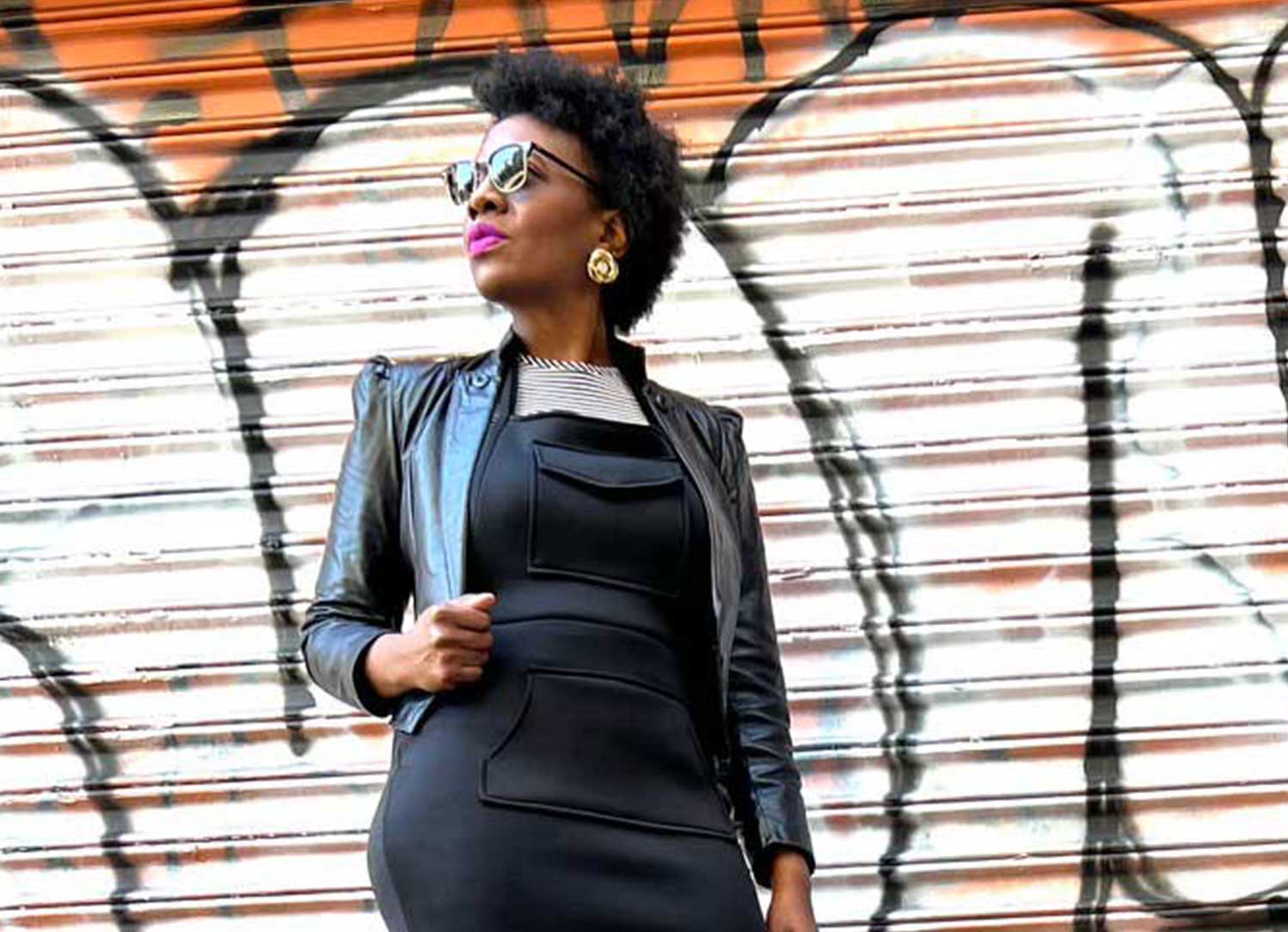MIXING PRINTS
I know, it can be difficult, confusing, or even scary when you think about mixing prints. You’re not alone. The truth is that colors generate emotions. So, when we mix colors, our eyes can become distracted, and the “wrong” mix may create some distress. The same goes for mixing prints. I think we get nervous about mixing prints because we’re afraid to get it wrong. Let me pause and say that there is no “WRONG” in style- maybe in fashion, but not in style. Style is literally defined as a distinctive manner of expression. So LET GO of doing it wrong, and embrace doing it your way.
Now if you’d like to create a more balanced, cohesive, yet creative look, this blog post will help. Three things to remember when mixing prints:
COLORS, PERSPECTIVE, SCALE
COLORS
…do matter. Now, some may believe that you can mix any color with anything. Well, technically that’s true. But based on concepts of color theory, our eyes are naturally attracted to the pigments produced in nature. Colors found in nature include red, yellow, and blue which are typically considered primary colors.
image by Bass Museum [https://thebass.org/learn/lesson-plan-world-of-color/]
Now, you could argue that since all other colors are produced from a primary color, all colors can match across secondary colors (green, orange, purple) and tertiary colors (red-orange, yellow-orange, yellow-green, blue-green, blue-violet, red-violet). So, it is customary to believe that analogous colors (next to each on the wheel) or complimentary colors (across from each other on the wheel) are easier for our eyes to perceive, making them more palpable or receptive as “matching”. So if you’d like to dip your toe into mixing prints, start with mixing different prints within the same color family.
If you want to try something more creative, go with neutral prints with bolder colored prints, for example, a brown with red, or black/brown with green. There are many “color formulas” used to mix and match, so it is your perspective that will make the difference.
PERSPECTIVE
means that you have a way of viewing, seeing, and perceiving things. Thankfully we have our own eyes and are not required to adopt the perception of others. Think about it, what type of world would we live in if we all perceived the same things in the same way? This applies to mixing prints too. If something is off and it completely disturbs your peace, not resonating with your perception, then don’t mix those prints.
But if there’s something about it that you love, like, or want to flirt with, that should be an indication that your perspective, your viewpoint, is trying to get you to try something different. I would say go with it! Now, if this is a new practice, you may not be able to decipher if it’s actually “not a good mix” or if you should go ahead and challenge yourself.
I would say try it on to determine what emotions come up and if it’s fear, deal with that (i.e., process in therapy, positive self-talk), and then go with it. If it’s anything else, go with it. LOL. Basically, go with it. Mixing prints will ALWAYS garner attention, but if you want to, that may mean you need to give it a shot.
Go ahead, step out of the boat!!
I discovered this outfit when I was reversing my closet from winter to summer. I happened to lay this shirt and these shorts next to each other and it immediately resonated with me, and I’ll tell you why. The colors met some of my color theory assumptions, which are neutrals (white and brown) and secondary colors across from one another on the color wheel (orange and green). Was there a moment that I thought, “I’m doing too much” or, “is this really cute”. But I decided to go with my gut and wear it. I loved the color mix but another factor that made this outfit an immediate YES, was the scale of the print.
SCALE
is a necessary requirement for the eyes to not perceive the outfit as a “HOT MESS” or become distressed. Again, if you like it, I love it. If you’re interested in a more cohesive look, let’s think about the scale of the print. Here you see that the prints are different, with the shirt print size larger than the print on the shorts. Usually, the smaller the print, the more discrete the pattern is as a print. Sometimes you can barely see the print because it’s so small. Those are usually good to mix with a larger print. But bold on bold prints can work too, just remember the color theory concepts shared for a more cohesive print.









